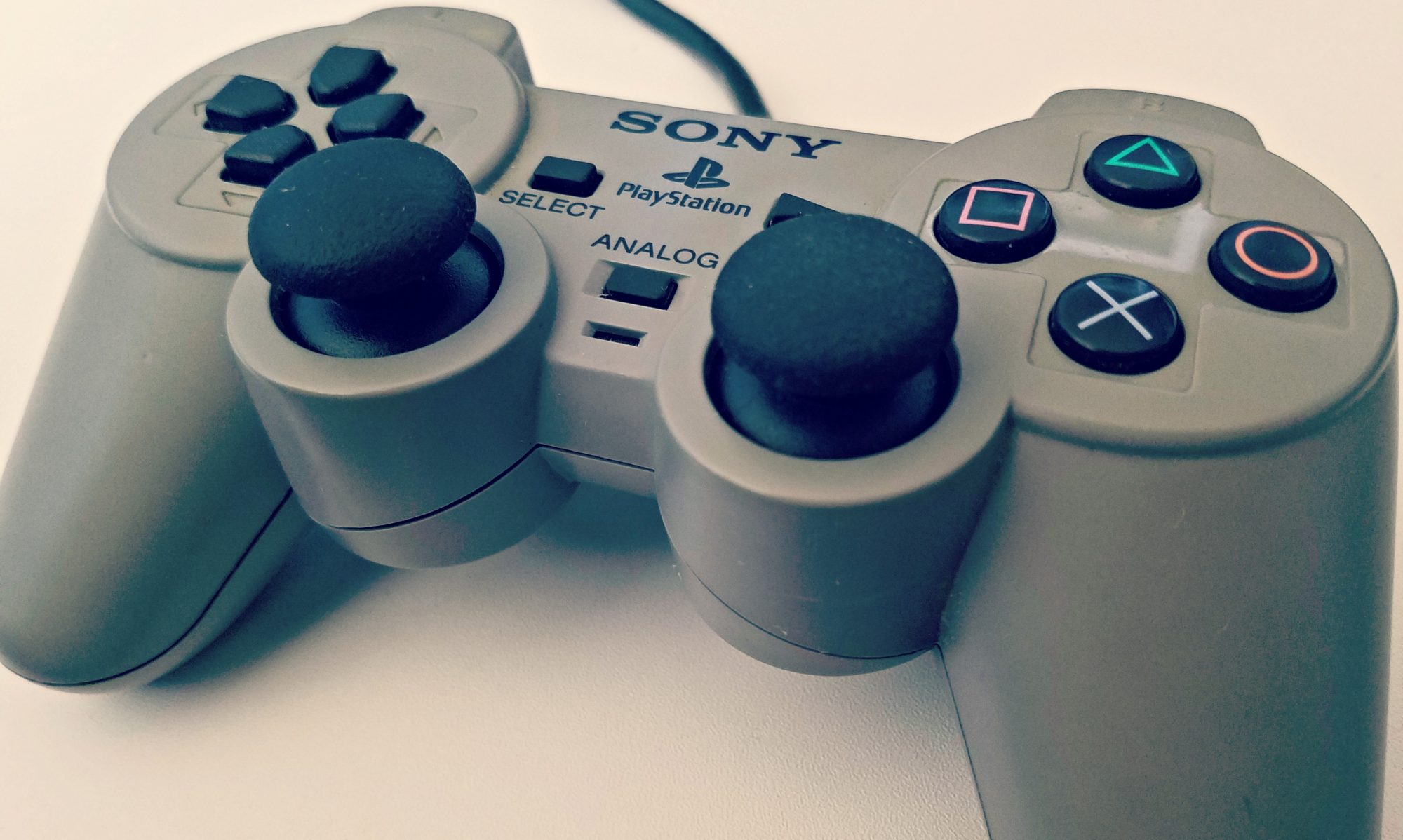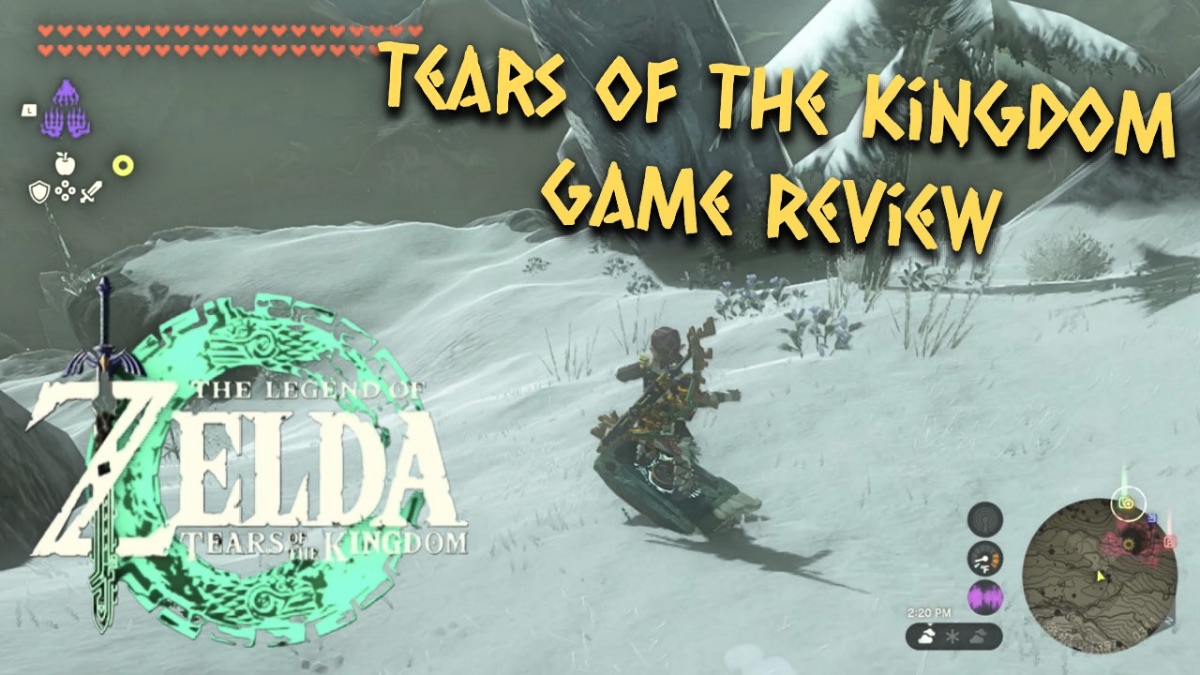“The Legend of Zelda: Tears of the Kingdom” was released in the US in May 2023. It was developed and published by Nintendo for the Nintendo Switch as a sequel to the critically acclaimed “The Legend of Zelda: Breath of the Wild” (BOTW) from 2017. This action-adventure game retains and expands upon the open-world exploration of BOTW’s Hyrule, introducing new dimensions of gameplay.
Players once again control Link in his quest to save Princess Zelda and thwart Ganon’s destructive plans. The game stands out for its expanded vertical exploration, allowing players to traverse both the skies above Hyrule and a vast underground realm known as the Depths. “Tears of the Kingdom” was initially conceived as additional content for “Breath of the Wild” but grew into a full-fledged sequel due to the abundance of new ideas. The game has sold over 19.5 million as of September 2023 and is one of the best-selling games on the Nintendo Switch.
I bought Tears of the Kingdom on release day, May 12, 2023, and I’ve put in more than 245 hours of gameplay. After really digesting everything I played, I want to share my experience.
Story and Narrative
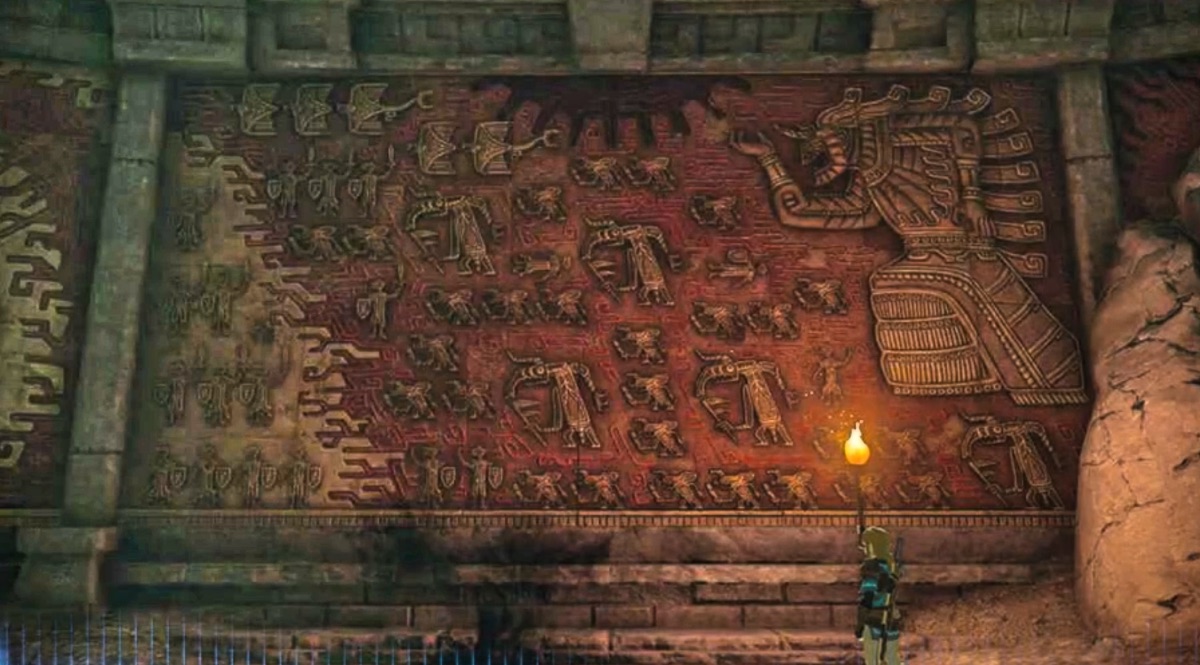
“The Legend of Zelda: Tears of the Kingdom,” takes place roughly 5-6 years after the events of “Breath of the Wild,” (according to fan estimates). In this new story, Link and Zelda explore a forbidden passage beneath Hyrule Castle, uncovering ancient Zonai ruins and murals depicting a great war against the Demon King. They encounter a mummified Ganondorf, who awakens and attacks, weakening Link, destroying Link’s arm, and trapping Zelda.
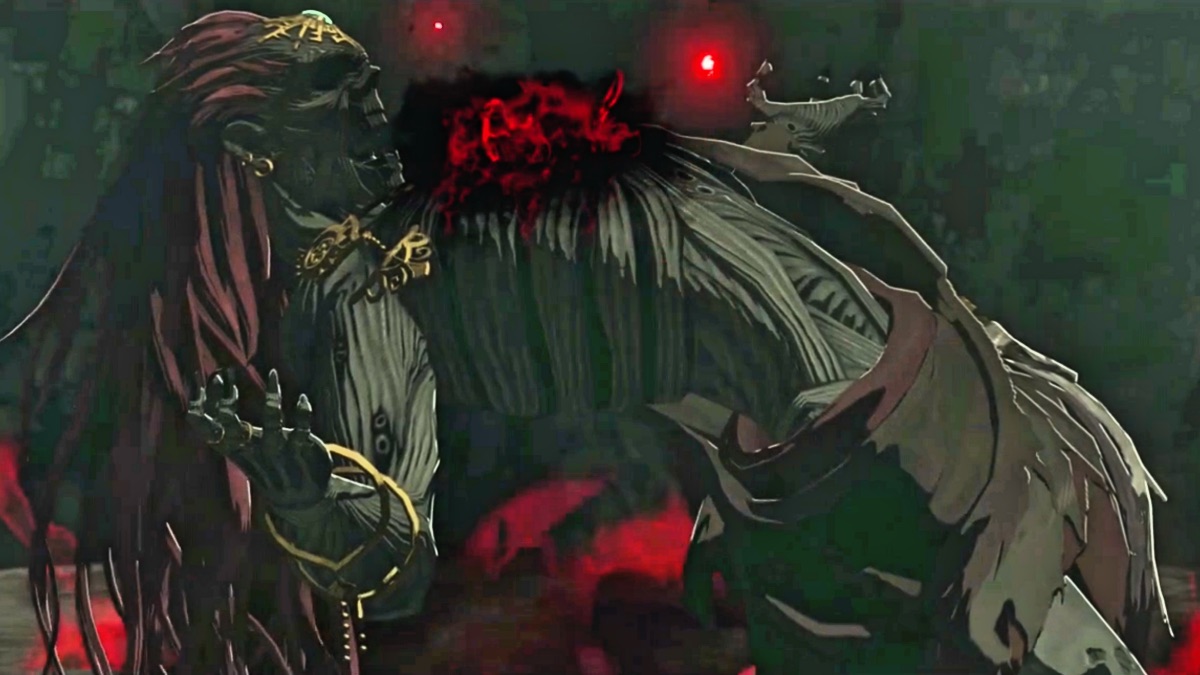
Link, now with a mystical arm replacing his injured one, embarks on a quest to restore his strength and the decayed Master Sword as he also tries to find and rescue Zelda.
Personal Perspective on the Main Story
From my perspective, the main storyline of “Tears of the Kingdom” was fun and had its interesting moments, but it didn’t fully grip me. It felt like it lacked a certain depth that would make it truly engaging. However, this didn’t take away from my overall enjoyment of the game.
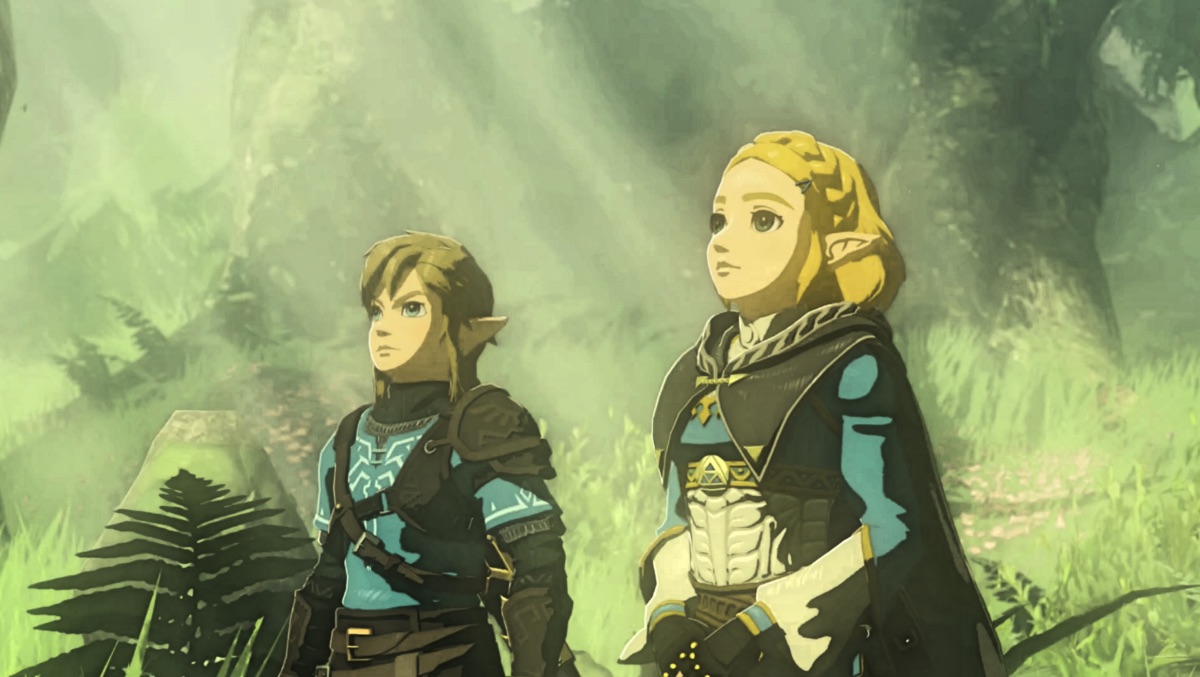
The cutscenes were well-executed and a joy to watch. My daughter loved the cinematic moments so much that I wasn’t allowed to play the main story unless she was around, just in case there was a cutscene. She didn’t want to miss any of them. That said, I did feel that the cutscenes were too few and far too brief. They left me wanting more and wondering what could have been if they had delved deeper into the story.
While the main story of “Tears of the Kingdom” is enjoyable and has its highlights, especially in the well-done cutscenes, it falls a bit short in terms of depth and engagement. The game shines in its storytelling potential, but one can’t help but feel that there is room for a more compelling narrative journey.
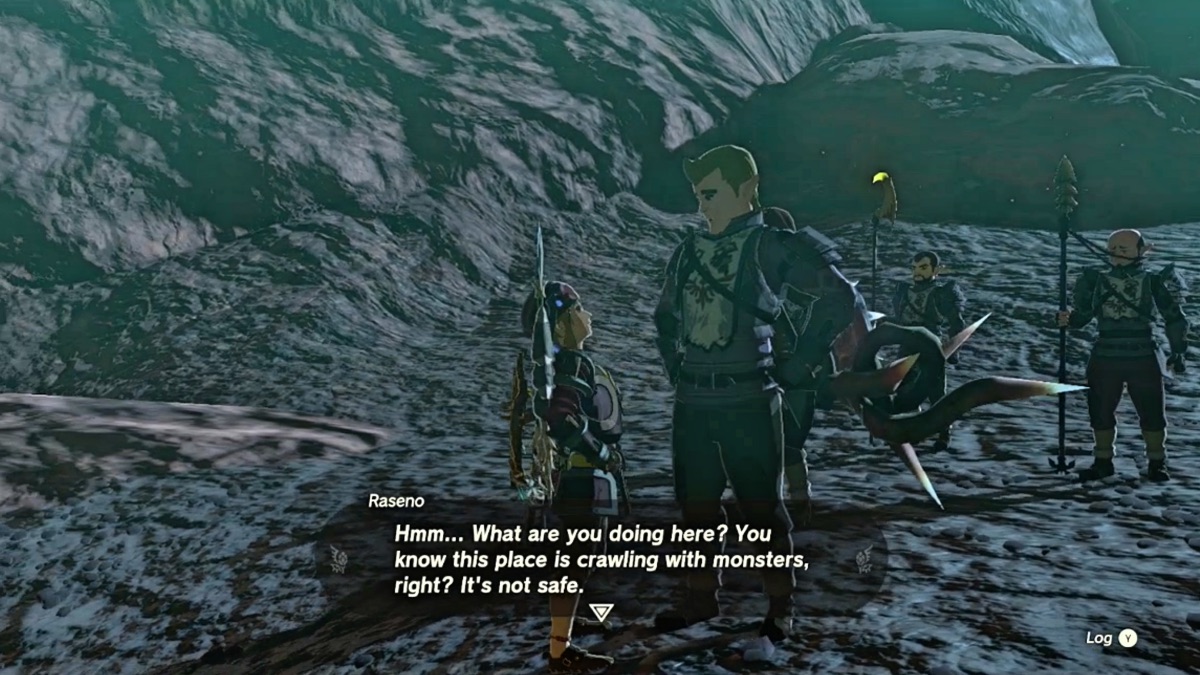
That said, the main story isn’t the only story in the game. There are lots of bits and pieces of side stories sprinkled throughout the game, which keeps the game entertaining the entire time.
Gameplay and Mechanics
The Vast Open World
The open-world exploration is absolutely stunning. Players find themselves in an expansive version of Hyrule, where every nook and cranny is teeming with secrets and surprises. It seems like every few seconds you move around in the game leads to another challenge; finding treasures in wells, helping Koroks find their traveling buddies, making new recipes from posters you find in stables, or completing one of the 100+ shrines.
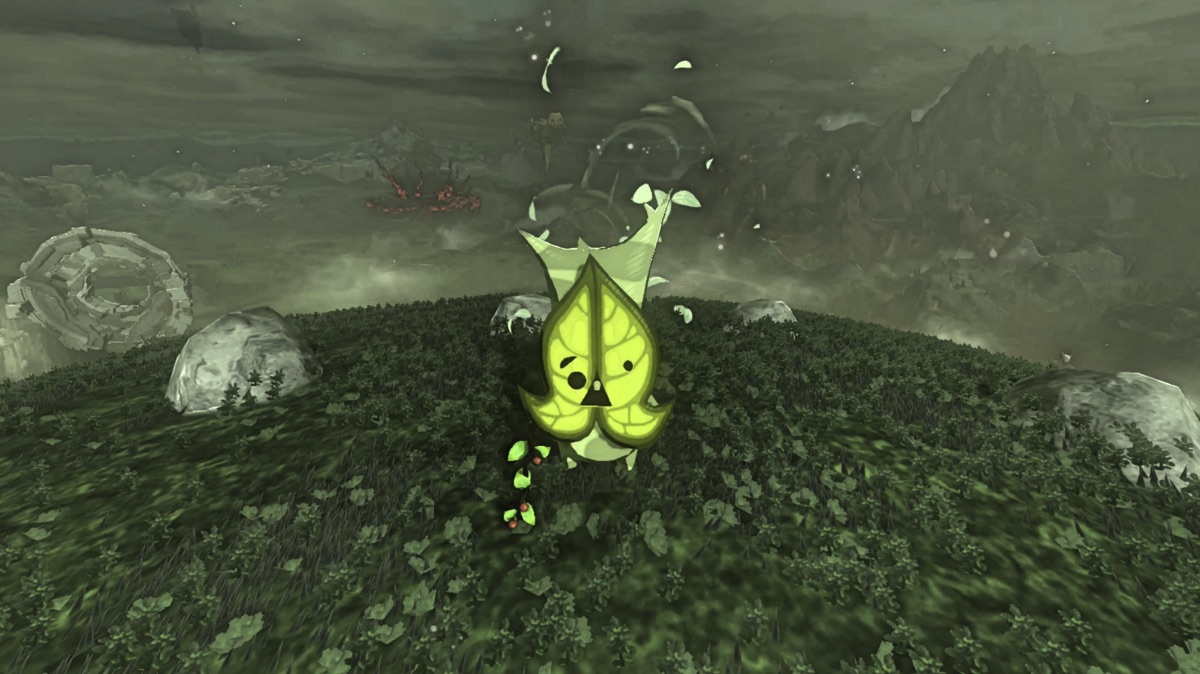
And there are tons of fun side quests, too, like finding a fabled giant horse, racing minecarts, or searching for rare bugs from trees at night.
The game elevates the exploration experience by introducing new vertical dimensions – the skies above and the depths below.
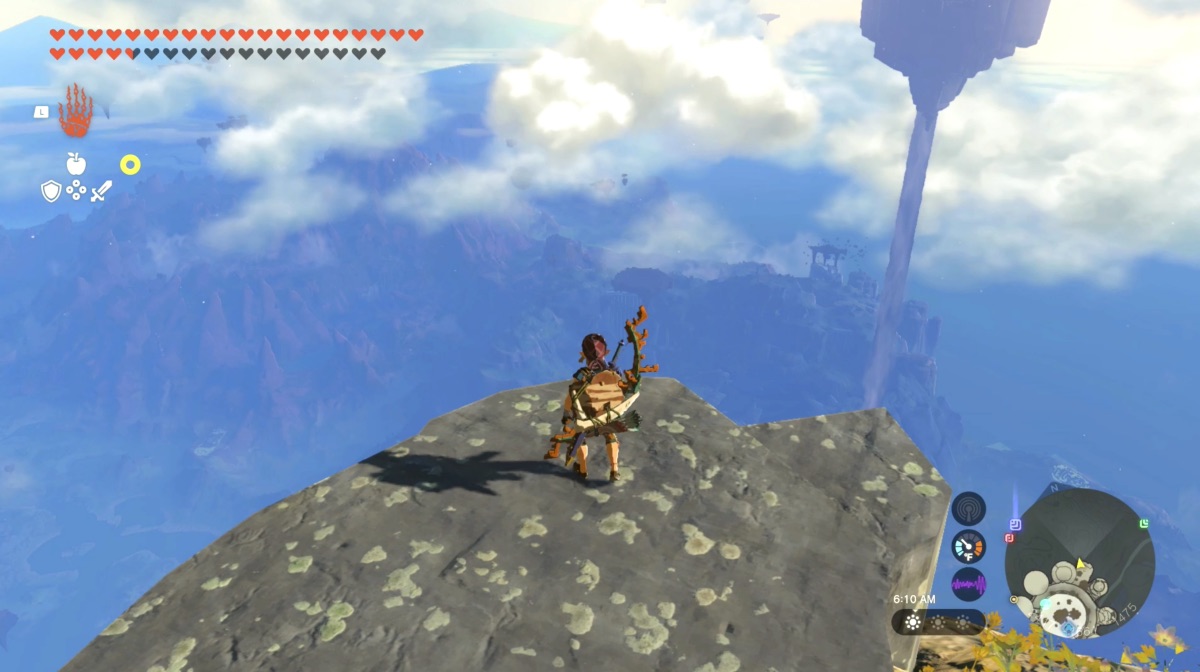
This vastness encourages players to glide through the clouds or delve into underground caverns, each offering unique challenges and discoveries. The world feels alive and dynamic, with diverse landscapes ranging from lush forests and towering mountains to mysterious ruins and hidden temples. This sense of scale not only adds to the game’s immersive quality but also ensures that players’ curiosity is constantly rewarded, making exploration an endlessly engaging aspect of the adventure.
Zonaite Energy and Crafting
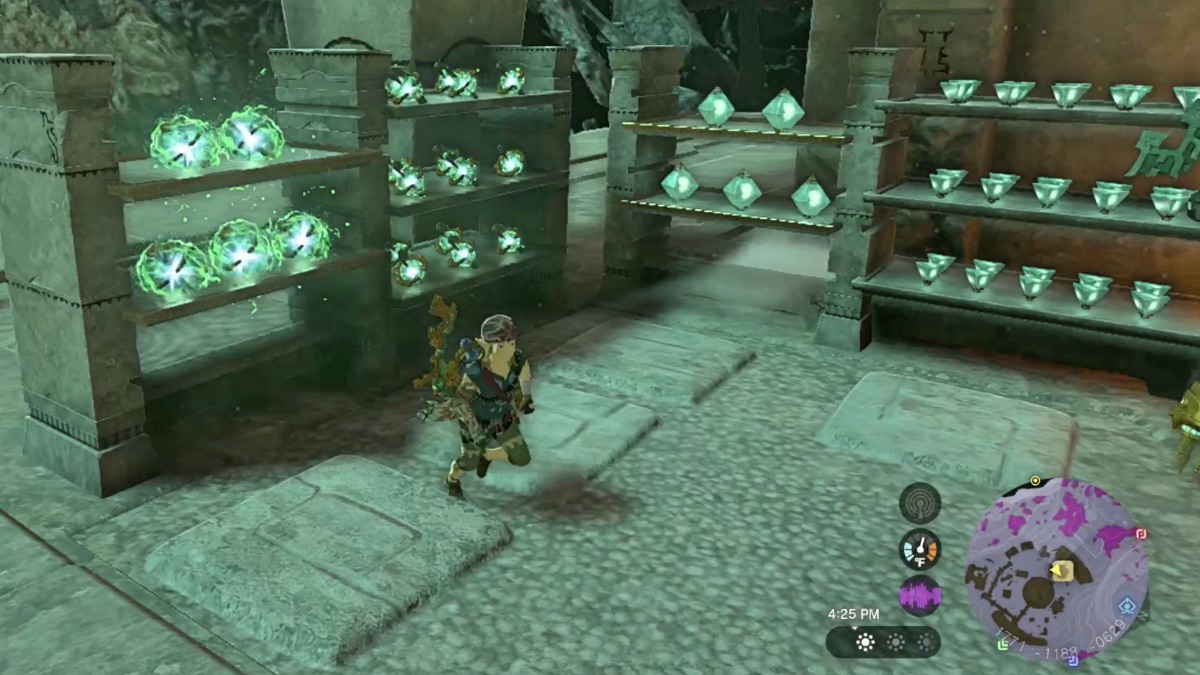
“In ‘The Legend of Zelda: Tears of the Kingdom,’ the game introduces a new energy source, called ‘zonaite.’ This new energy source opens up a world of possibilities for gamers. It’s all about using zonaite to power a variety of fun gadgets, from simple fans to high-octane rockets. One example is building your own hot air balloon. The balloon doesn’t work on its own, but you can make it work by attaching a basic fan to blow air into the balloon. Or you can stick a flamethrower under the balloon for a faster, more powerful balloon.
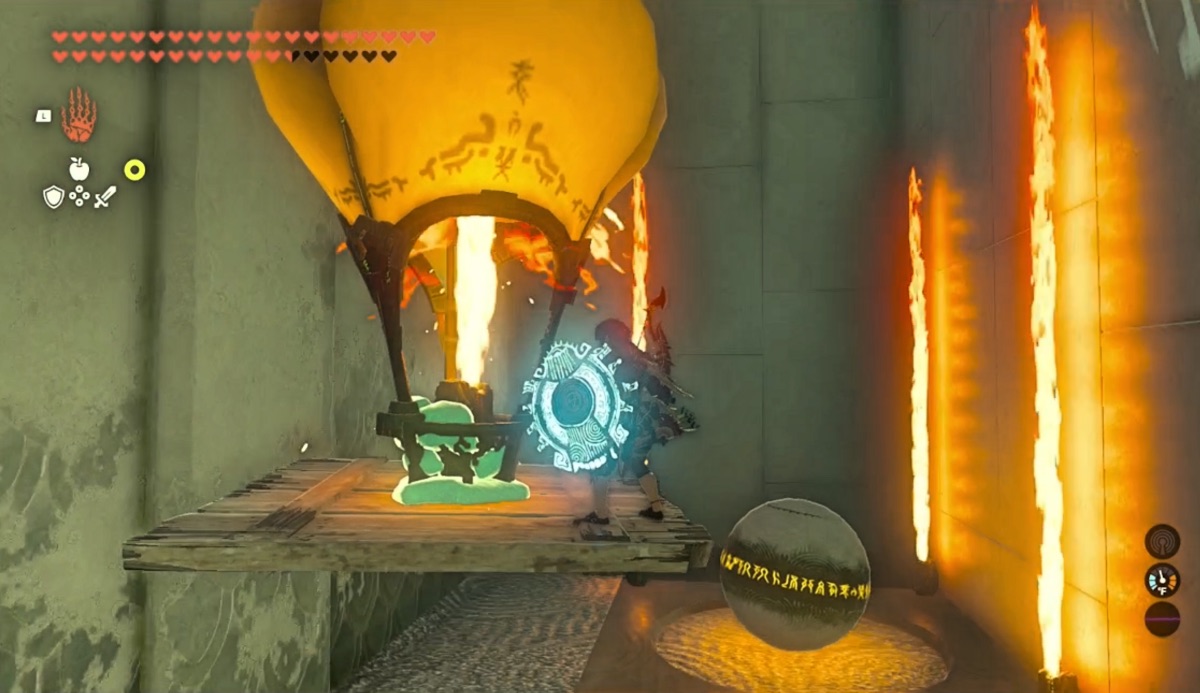
You’ll also find vending-machines that allow you to collect zonai devices that you can use at any time during the game.
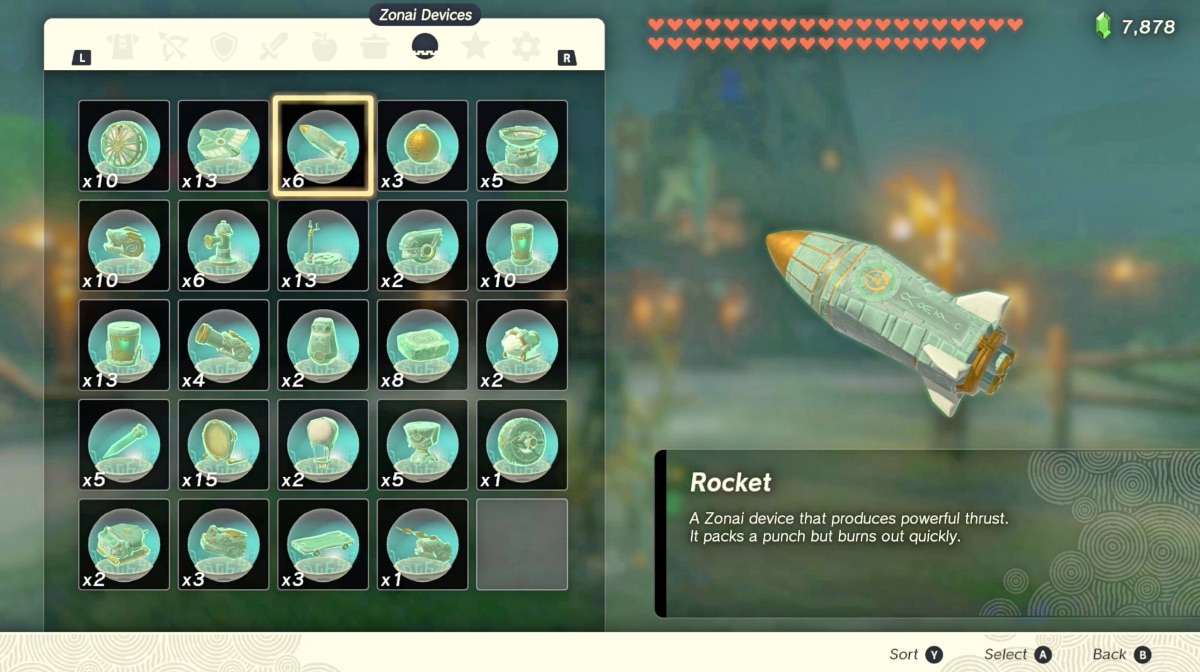
Crafting is a unique blend of creativity and strategy, as you build useful gadgets while also managing your zonaite resources to keep your inventions running. The more zonaite you gather, the longer and more ambitiously you can operate your creations. It adds a whole new layer of depth to the gameplay, perfect for those who love to tinker and strategize.
This mechanic is not just limited to hot air balloons; players can also build zonaite-powered rafts, to travel faster and conserve stamina at sea, wing gliders to soar through the skies to help reach previously inaccessible areas, and vehicles with spears and swords that can plow through your enemies. Those are just a few examples. There are many more things you can build, too, including some true abominations of nature.
However, players must judiciously manage their zonaite reserves, particularly in the early stages of the game, as the supply is initially limited. But your reserves grow as you find and collect more zonaite charges from around Hyrule. This addition of zonaite not only enriches the gameplay experience but also injects a sense of fun and innovation, encouraging players to experiment and explore the vast possibilities it offers.
Graphics and Performance
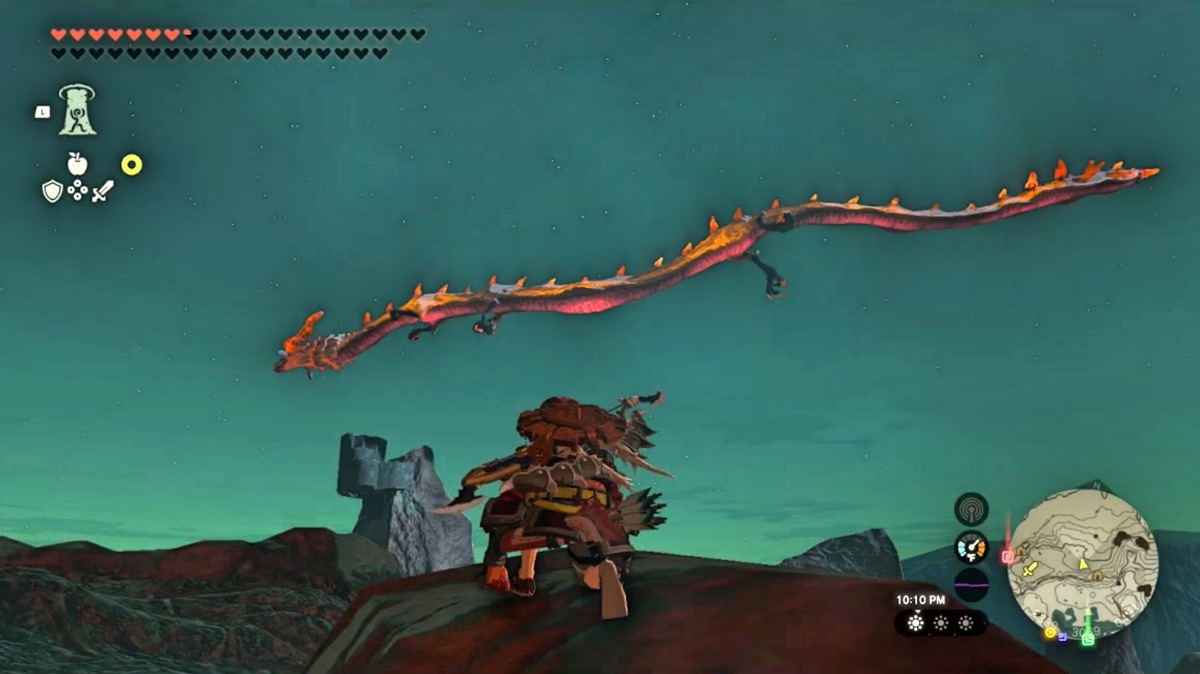
Art Style and Performance
The game’s cartoonish art style is both charming and engaging, making it appealing to a wide range of audiences, especially younger players. And this is great if you’re an older player with kids because your kids will love to watch. The art style is a great way to introduce kids to the Zelda series.
While some textures appear blocky, revealing the limitations of the Switch’s hardware, this does not detract from the overall experience. The graphics, though showing their age, remain effective and do not hinder immersion.
Stable Gameplay
Despite pushing the Switch to its limits, the game runs remarkably smoothly. Throughout my extensive playtime, I encountered very few hardware issues like lag or crashes. I did get the occasional stutter but it didn’t happen often.
Exploration and Travel
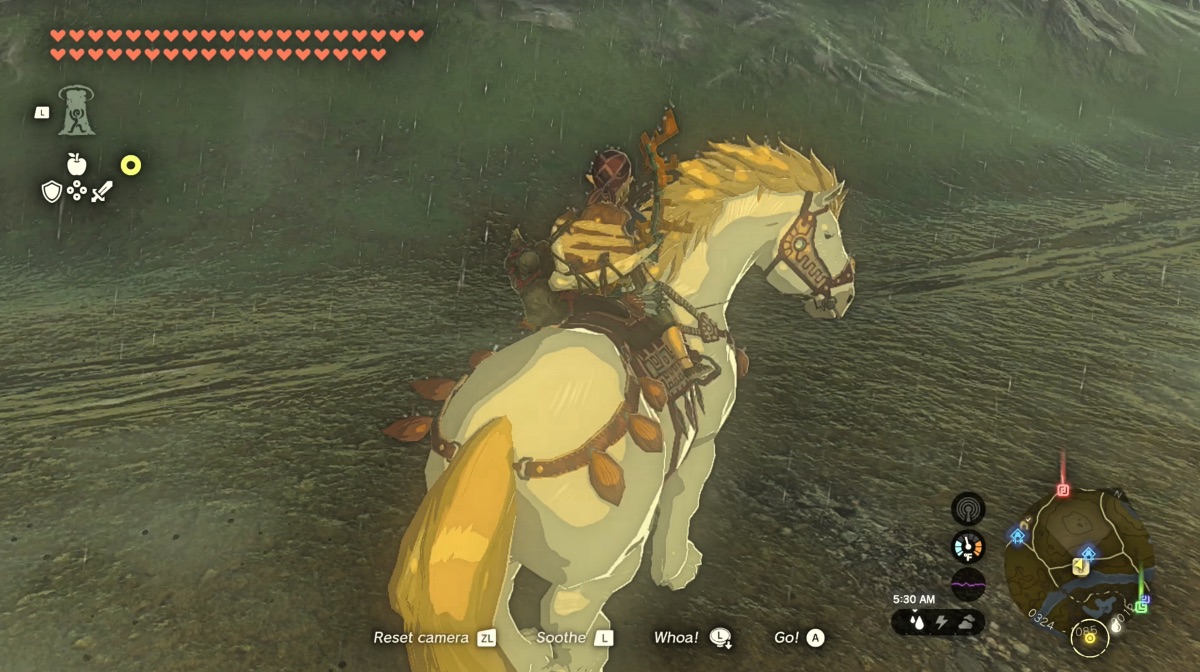
Overwhelming Abundance
The game’s world is so rich with activities and tasks that it can sometimes feel overwhelming. It’s easy to start one mission, only to find yourself sidetracked by numerous other intriguing tasks, leading to hours of gameplay without completing the original objective. This can sometimes feel a little frustrating, but it also means there’s no shortage of things to do.
Travel Mechanics
The option to put your horse on a trail for automated travel is a nice touch, offering a chance for players to relax and enjoy the scenery. However, I found that traveling on foot or teleporting to shrines in the sky and paragliding down was often more efficient.
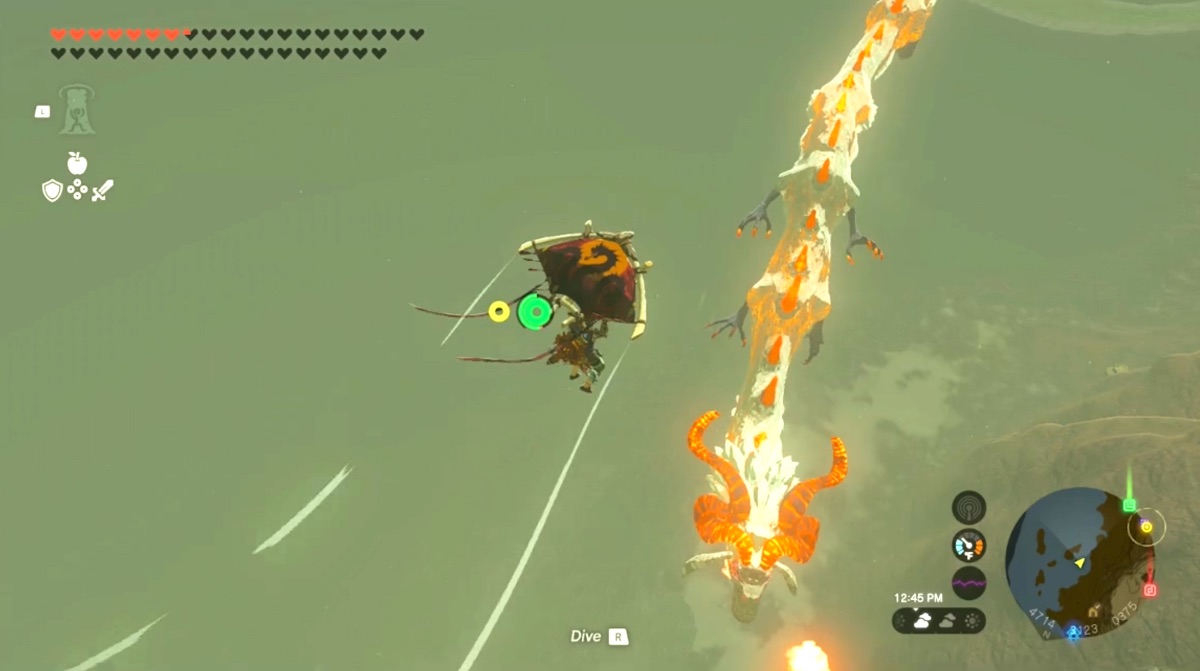
I feel like horse travel could have been made more useful and fun. Personally, I wouldn’t have cared if horses didn’t exist at all in this game.
New Abilities
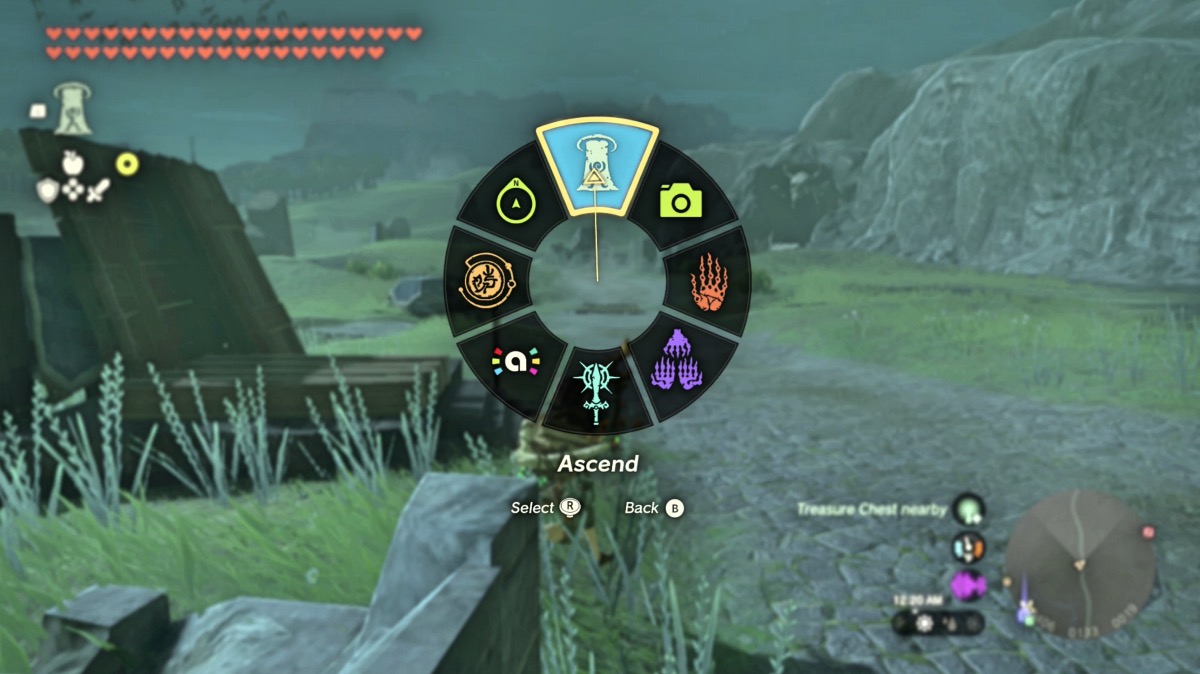
Innovative Abilities
Like “Breath Of The Wild,”, this game introduces a range of new abilities that significantly enhance gameplay.
- Ultrahand – allows you to grab, move, and rotate objects
- Fuse – lets you fuse various objects together
- Ascend – allows you to move up through ceilings
- Recall – lets you reverse an object
- Autobuild – an automated way to craft objects you’ve built before
- Camera – take pictures with the Shiekah slate
The abilities are a lot of fun and are necessary to complete some of the puzzles. I found Ascend, Ultrahand, and Fuse to be critical. You’ll be using these abilities constantly while you play.
Abilities You’ll Use All The Time
Ascend lets you move up through objects, which is a great way to quickly get to the tops of houses or to exit caves. You’ll also need it to solve certain puzzles in the world.
With Ultrahand, you can pick up and move objects, including very heavy items like metal crates and boulders, which Link would not be able to carry on his own. You need this ability to build vehicles, combine items to make stronger weapons, and to create platforms that help Link reach areas he wouldn’t be able to reach otherwise.
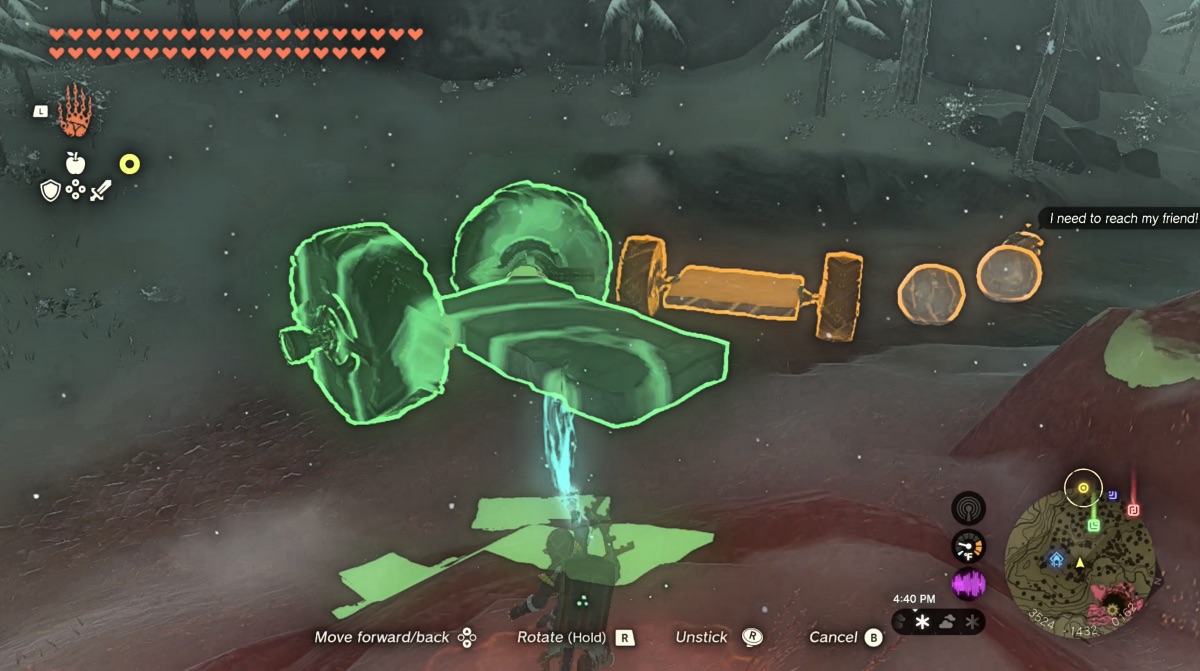
Ultrahand is one of the most fun skills in the game. It feels like there are never-ending possibilities to craft things. You could take a large wood panel, put a fan on the bottom, stick a rocket on top, and a spear on the front, activate it, and see what happens. I’ve heard of players trying to build apple cannons and boulder catapults, for no reason other than to see if they can do it. You can spend hours playing with these things, and it’s fun every time. I loved this part of the game.
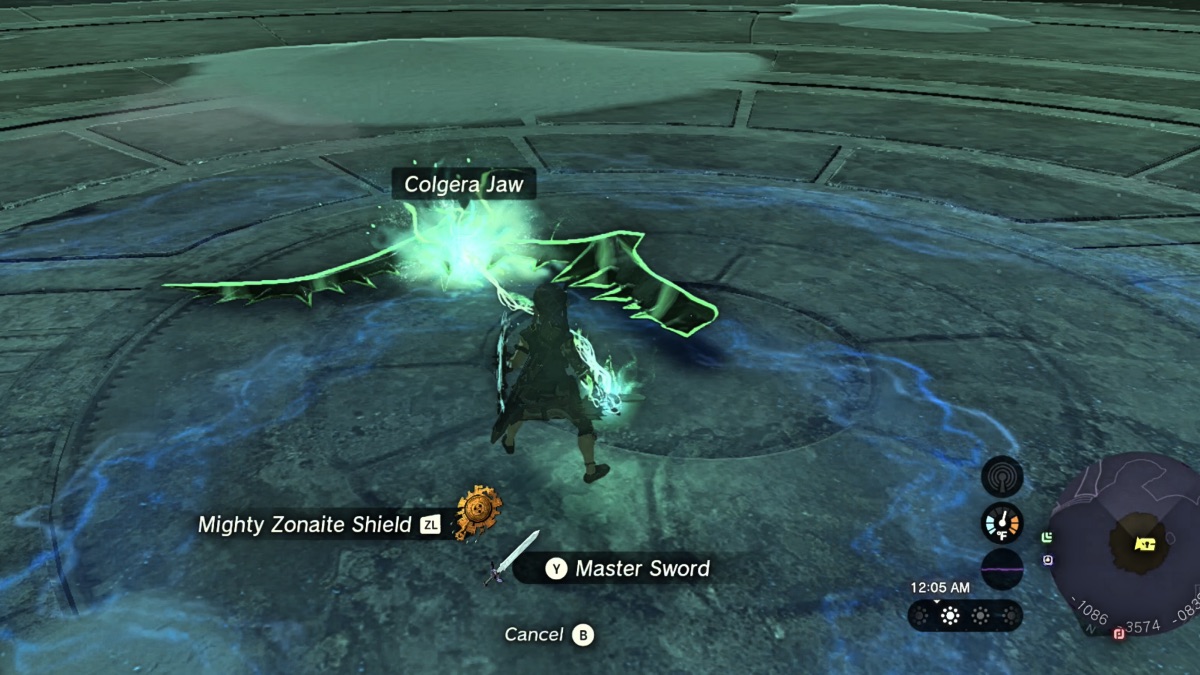
And Fuse lets you attach objects to weapons or shields to give them added abilities, to make them more durable, and to make them more powerful. For example, you can fuse zonai devices that are charged with lightning, ice, or fire to a sword. Or if you’re in a bind (and you will at some points), you can fuse a tree branch to a weak sword simply to make it stronger to help you get through your next battle.
Less Useful Abilities
Recall, Camera, and Autobuild are other abilities you have but don’t seem critical to the game. You do need them to solve some puzzles in the shrines, but you can progress through nearly the entire game without them.
I’ve seen videos of Recall being used to send bombs back to the enemies who threw them, but I’ve found that battles are too hectic to make this a go-to tactic.
The camera can be useful for taking pictures of things you need to remember later or to take pictures to complete a few quests, but that doesn’t happen often. The most useful feature of the camera is that you can take pictures of things to add to your compendium in the Purah Pad (basically a Nintendo Switch-like tablet that Link carries around and a replacement for the Sheikah Slate from the previous game).
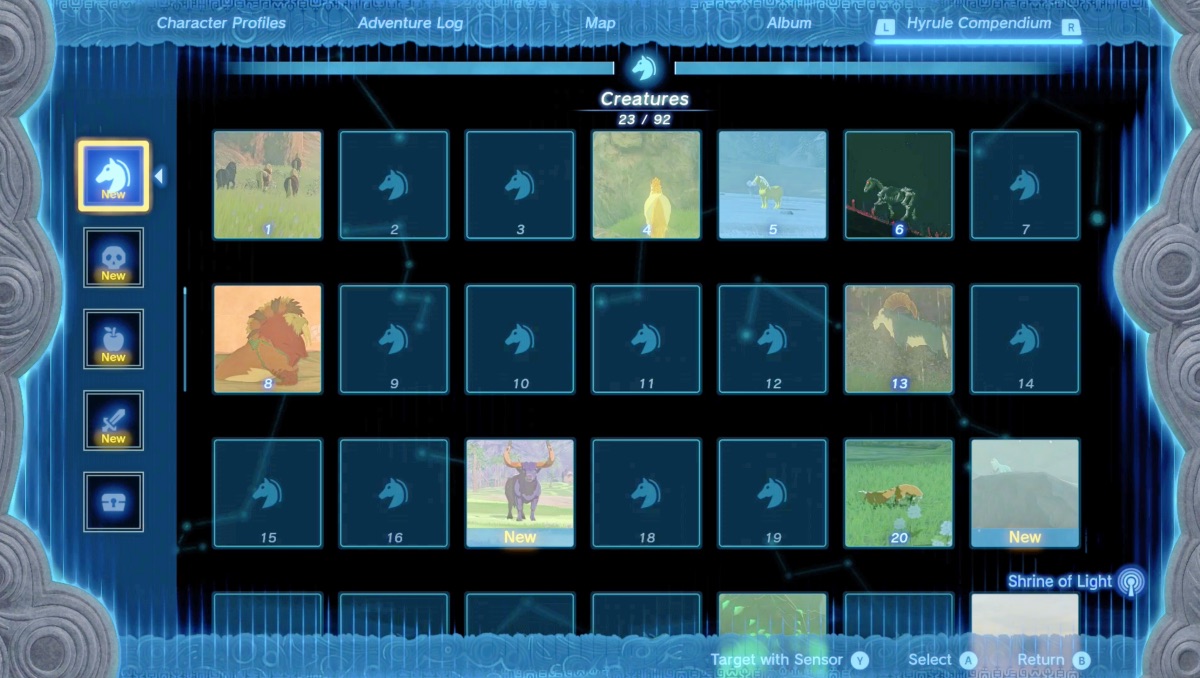
The compendium is a collection of images in categories like monsters, materials, weapons, and treasures, and you can set your Purah tracker to locate anything you’ve taken a picture of. It’s a neat idea, especially if you need to find certain creatures or items to complete a side quest, but it was just something I never really used.
And finally, Autobuild. This lets you quickly build objects you’ve built before. As you progress through the depths, you’ll also discover schematics of more useful, complete vehicles.
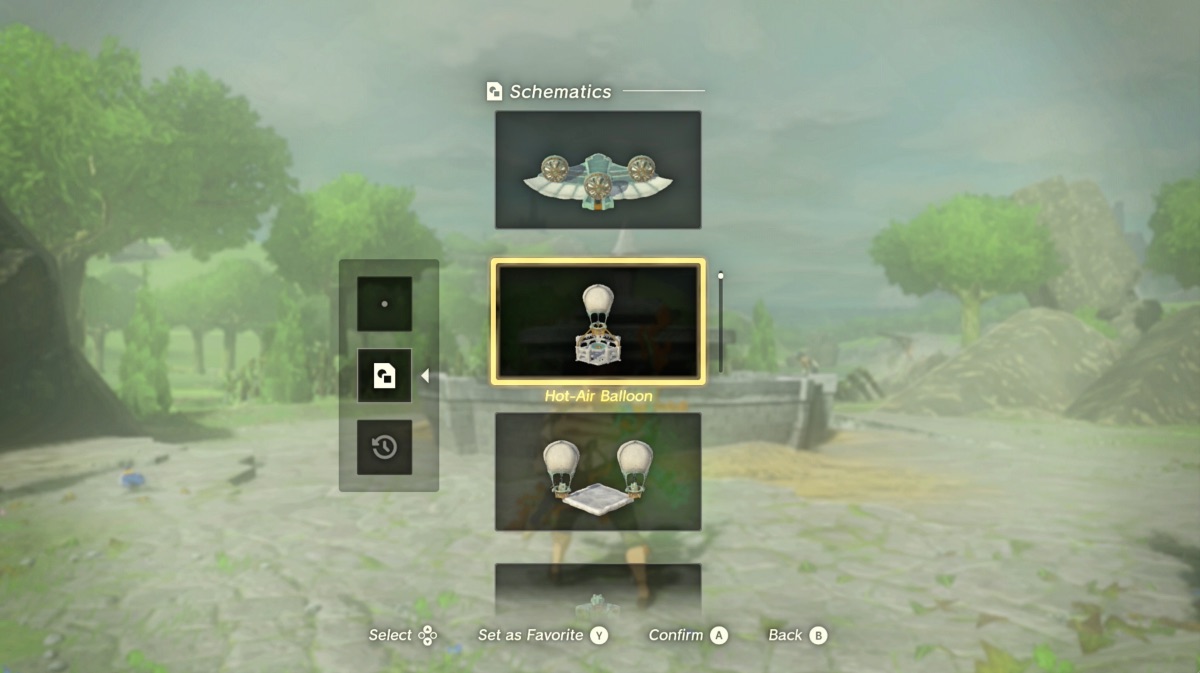
Autobuild lets you build an object as long as you have the materials nearby, but what makes this skill even more useful is that you can use zonaite reserves to create materials that you don’t have nearby.
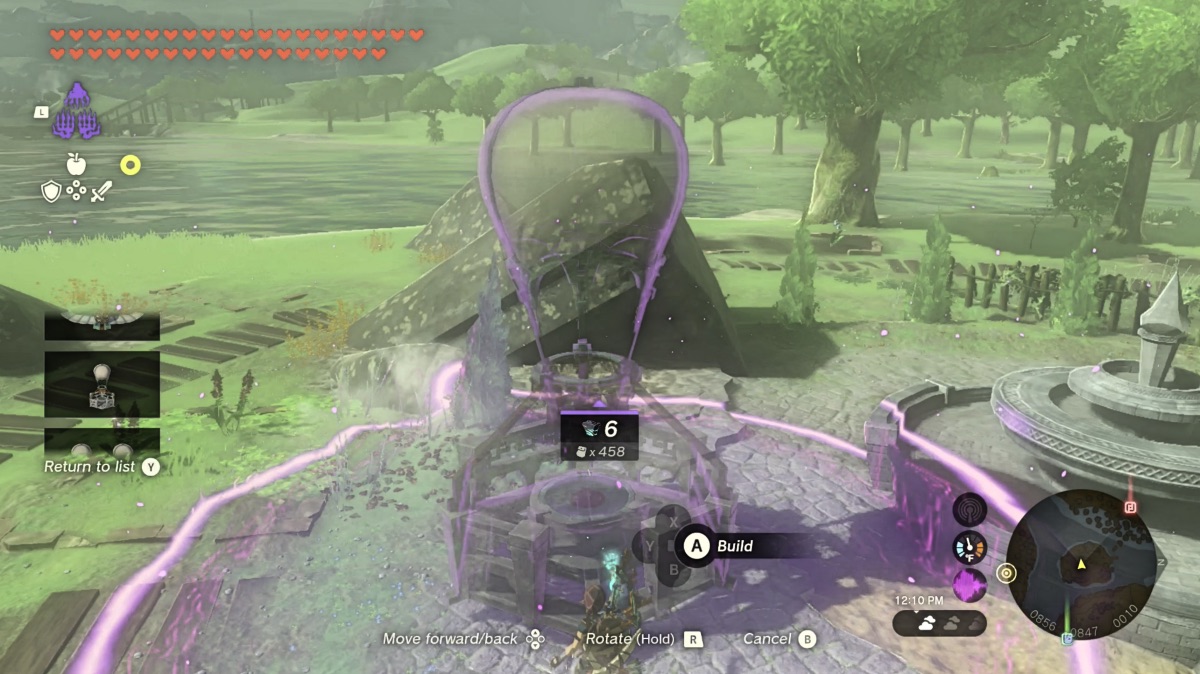
Autobuild was occasionally helpful, but also something I rarely used.
I Wish There Was a Descend Ability
Ascend was such a great skill that I really wanted a Descend ability. After getting the Ascend ability, I kept hoping to eventually find a Descend ability, but it never came. I think that would have added a lot of fun to the game because who knows where you might end up if you descend through a mountain. You could go into a house, end up in a cave, or might fall into the depths.
I’m sure the developers considered this ability, but I can only assume that it was scrapped because it would have broken some of the puzzles or it would have made the game too easy. But through this whole game, I constantly wished there was a Descend ability. My daughter kept saying how much she wanted it too.
The Depths and Enemy Bases: A Critical View
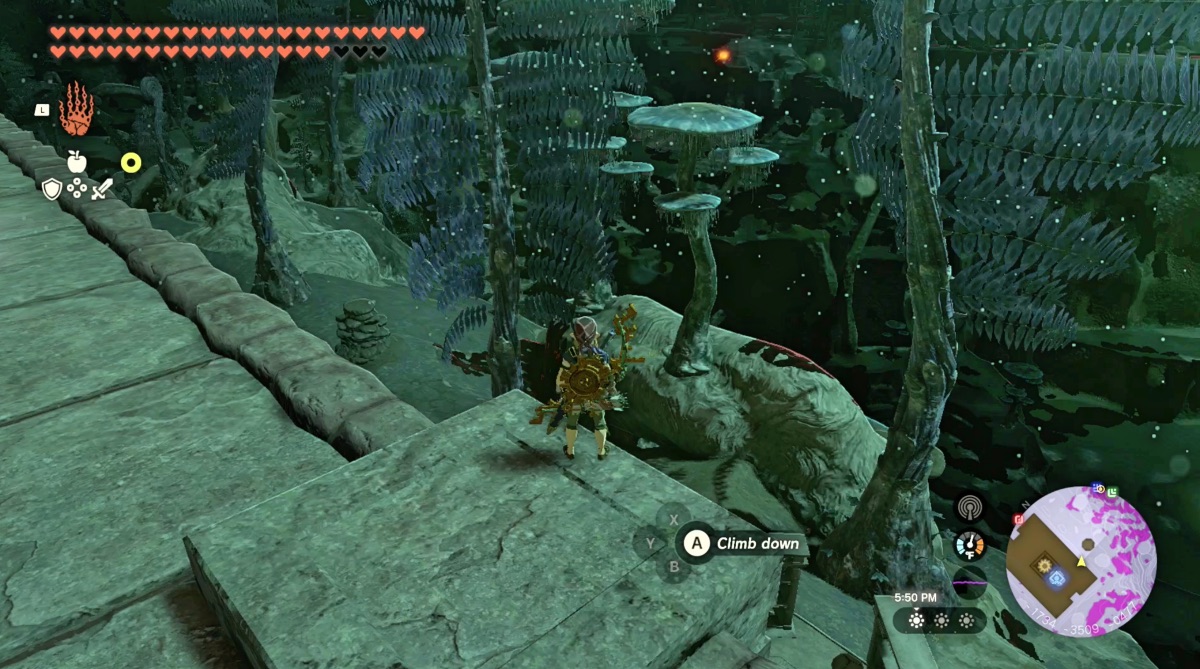
Underdeveloped Depths
The Depths, a large underground area, initially presents a world of possibilities but ultimately falls short in terms of engaging content. Apart from a few new enemies and treasures, the area feels underutilized, especially given its potential.
After completing the temples in the main story, the bosses from those temples will then appear in the depths to fight again.
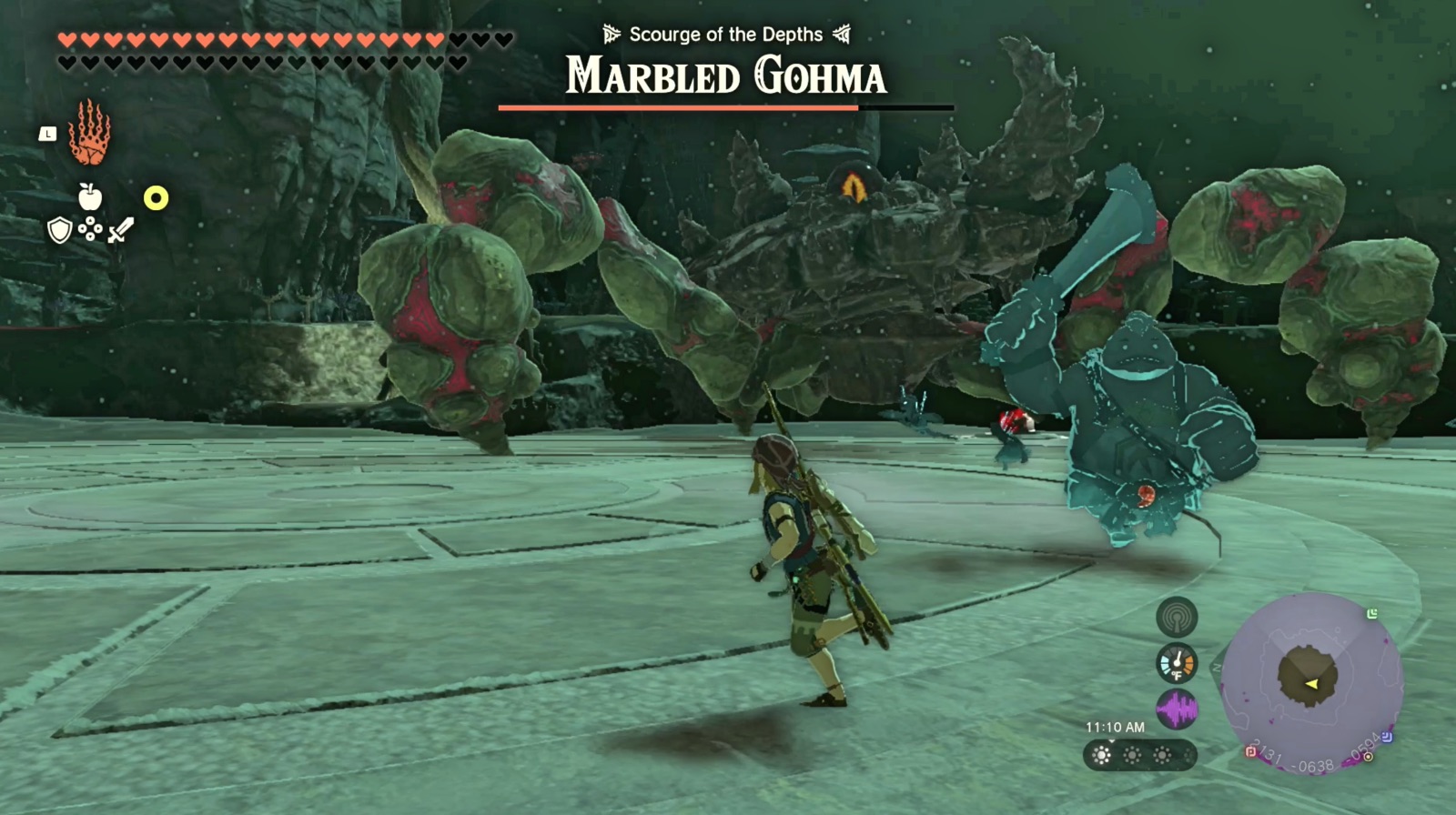
Defeating these bosses will give you crystallized charges that you can use to upgrade your battery pack, which can give you a big advantage in the game, but also, upgrading your battery pack isn’t necessary to beat the game. In fact, I didn’t upgrade my batteries even once before beating the game because I didn’t remember how to upgrade it (fyi, you need to find a refinery to turn in your cyrstallized charges). But if you want these upgrades, or if you’re just looking for a challenge, you have that option. And the bosses reappear after every blood moon, so you can fight them as much as you want.
There are various mines throughout the depths with treasure chests containing new outfits; often outfits from all of the games in the Zelda series, which are fun to collect but don’t provide any benefits in the game. You’ll also find many Yiga hideouts, which also hold treasures and schematics to use with your Autobuild skill.
So there are things to do in the depths, but I felt like most of it was a slog.
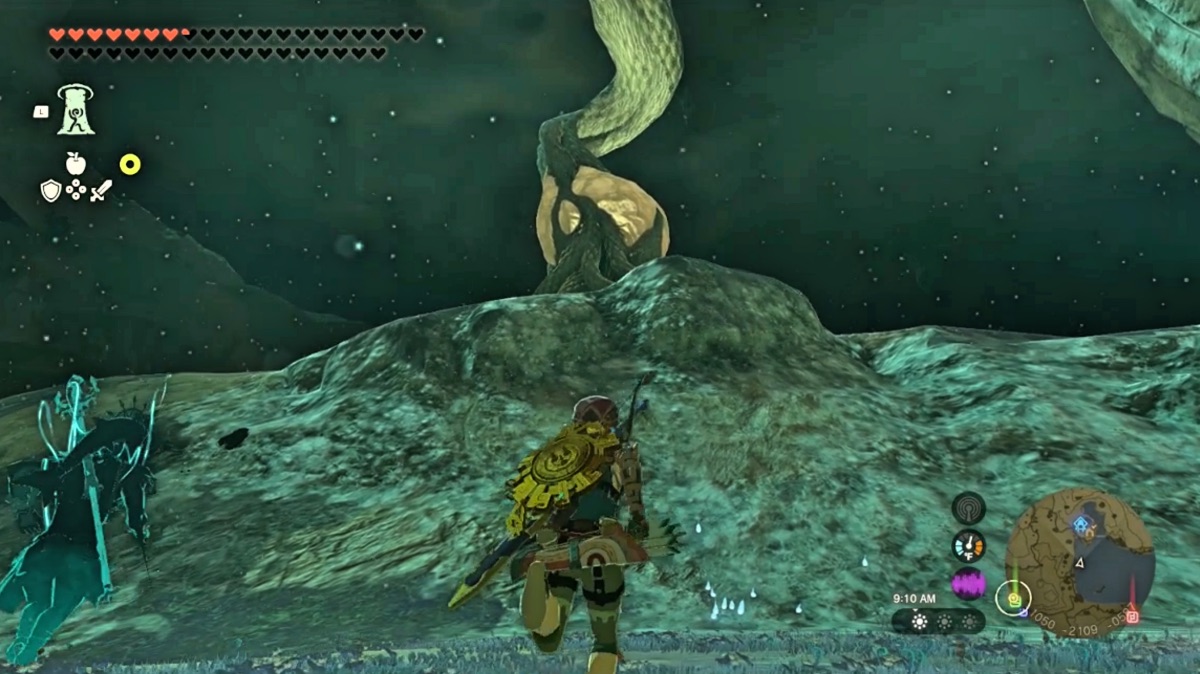
I found and activated every single Lightroot (which lights up the area and adds it to the map), explored every nook and cranny, and when I was done, I was happy to be done with it.
I’m super proud of this fully completed map with all Lightroots activated!
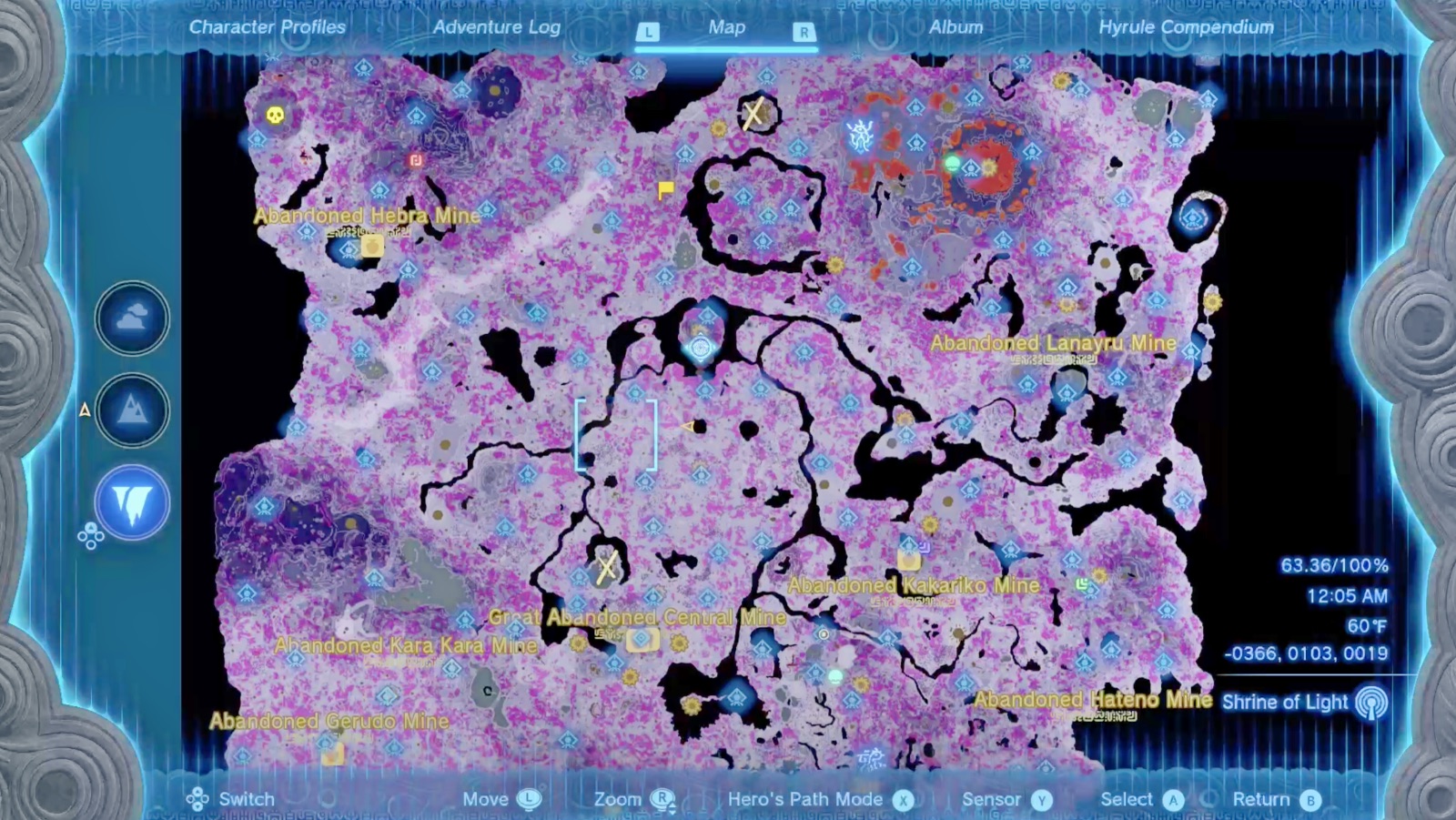
The best thing about the depths for me was defeating the Flux Contructs, collecting the weapons in their labyrinths, and collecting all pieces of the Evil Spirit Armor.
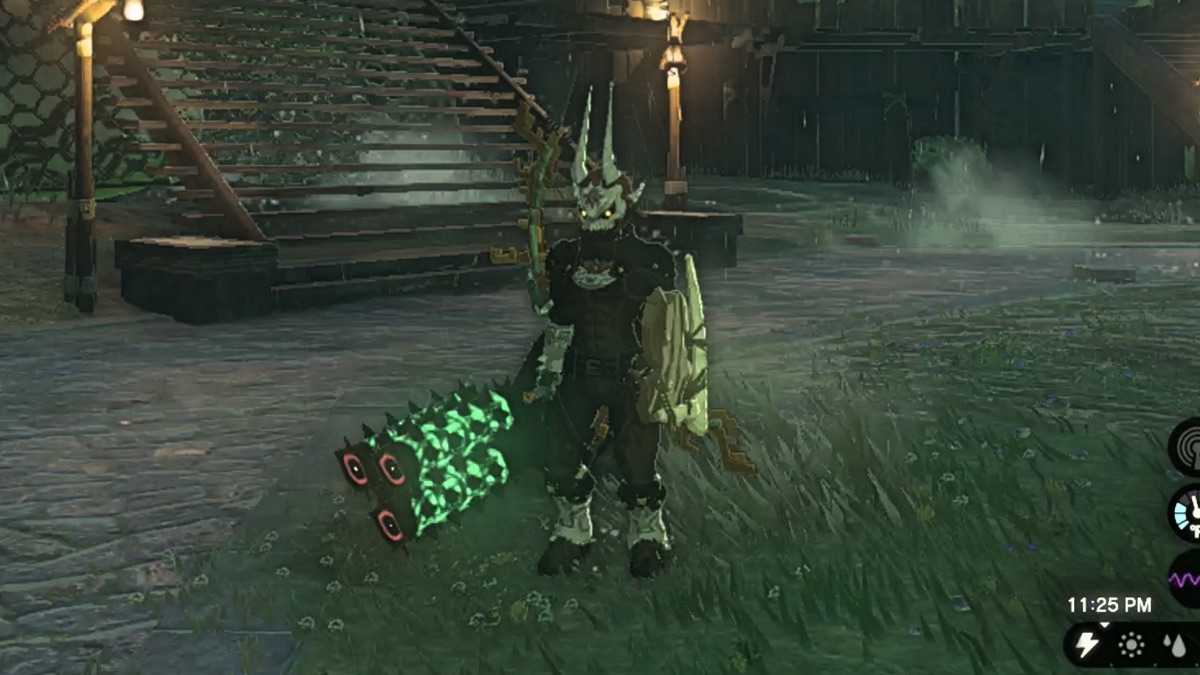
But in hindsight, I felt the depths to be boring and pointless.
Enemy Bases
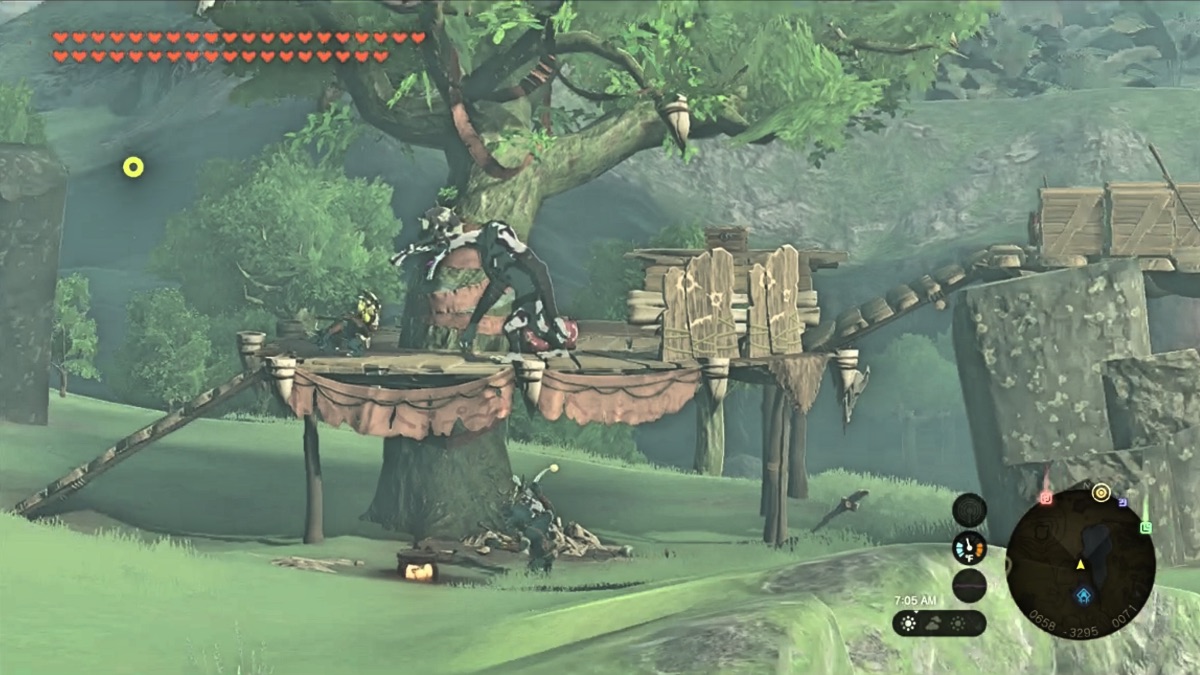
The enemy bases scattered throughout the game often seem redundant. I rarely found a compelling reason to attack these bases, as the rewards did not justify the effort. In the beginning of the game, Link isn’t very strong, and one or two hits can take him out, so it’s easier to avoid the bases. When you get stronger, you can take out the bases but the weapons aren’t really much better than what you’ll find as you play through other parts of the game.
This aspect of the game could have been more impactful with better incentives for players to engage. Although, avoiding these bases does make the game more challenging, so I can see why they were included. If these bases didn’t exist, the world would have been a pretty dull place.
Companions and Sages
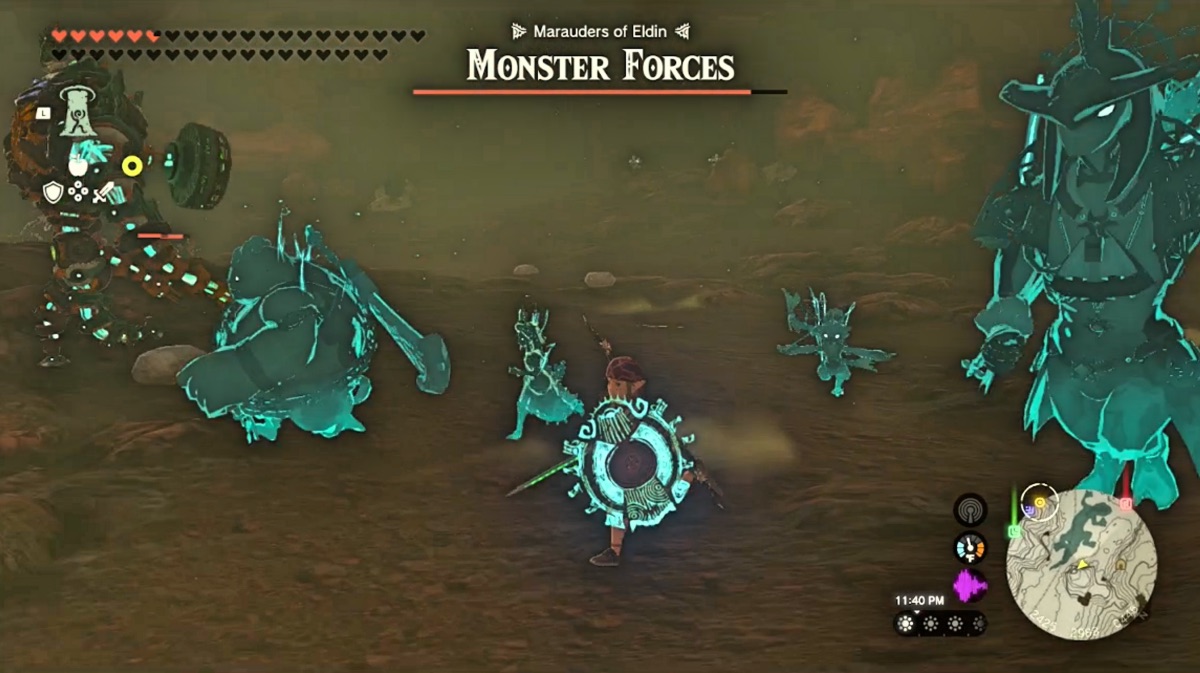
Companion Dynamics
The addition of sages as companions adds a layer of camaraderie to the journey. Each sage brings unique skills and contributes significantly to combat situations. Their presence not only aids in battles but also provides a sense of not being alone in challenging encounters. I loved having teammates fighting with me the entire time. They can sometimes get in the way and be annoying, but it wasn’t enough to bother me. And if they bother you, you can dismiss them until you want them again.
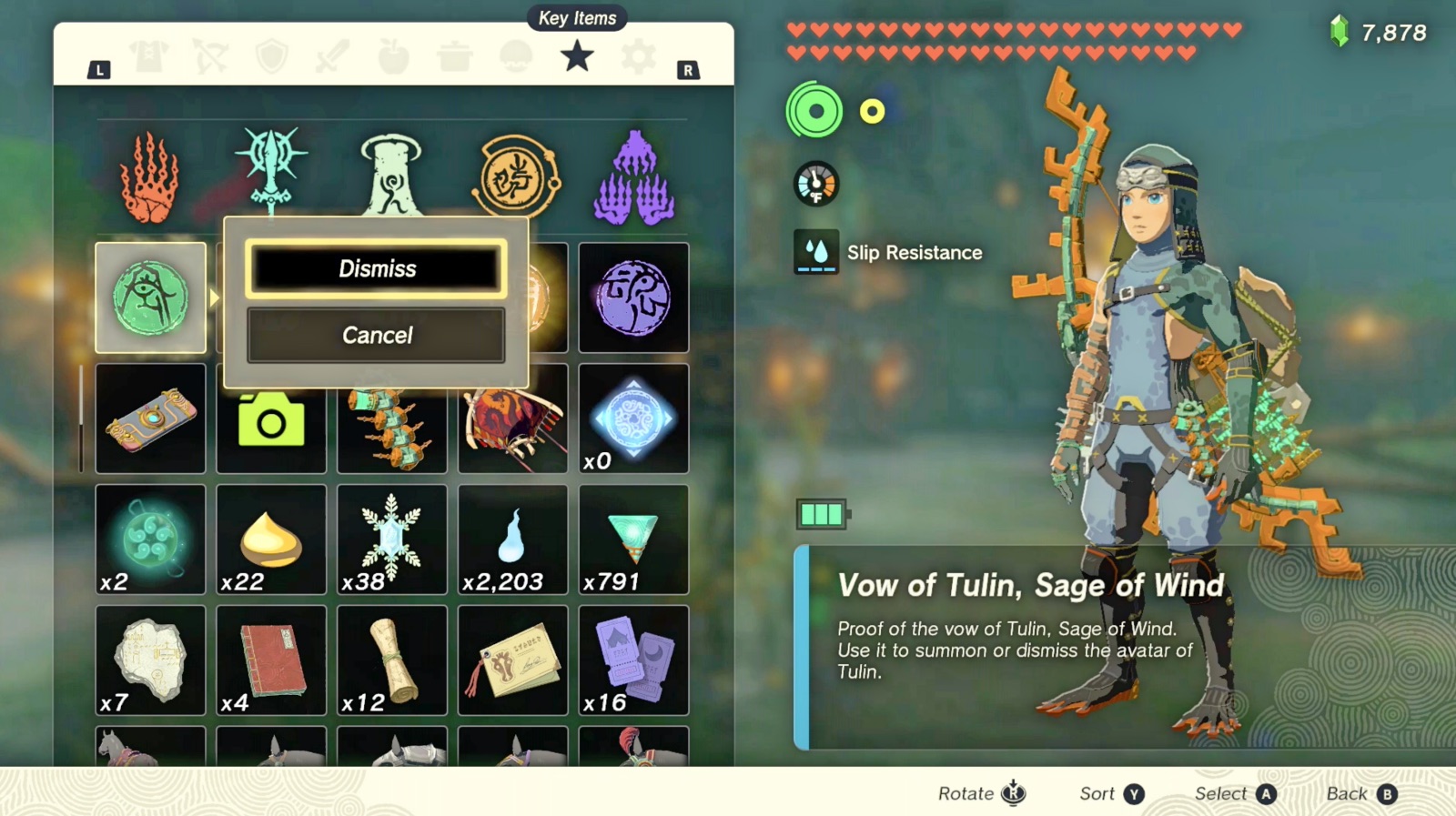
Sage Abilities
The abilities of each sage, such as Sidon’s protective water bubble and Riju’s lightning-enhanced arrows, vary in usefulness. While some abilities like the water blast have limited applications, others, like Yunobo’s fireball, prove to be extremely beneficial. This diversity in abilities adds depth to the gameplay and strategic planning.
Detailed Sage Insights:
- Sidon, Sage of Water: Sidon’s water bubble can protect Link from a single hit or allow for a single water blast. While the bubble’s short duration limits its utility, it’s helpful in specific scenarios.
- Lady Riju, Sage of Lightning: Riju enhances Link’s arrows with lightning, which is particularly effective against groups of enemies. The main limitation is the need for arrows, which can be scarce.
- Yunobo, Sage of Fire: Yunobo transforms into a rolling ball, useful for attacking distant enemies, lighting fires, and breaking walls. This ability is one of the most versatile and frequently used.
- Mineru, Sage of Spirit: As a robotic companion, Mineru allows Link to hop on top and traverse hazardous terrain. While powerful, especially when armed with cannons, her slow movement can be a drawback.
- Tulin, Sage of Wind: Tulin’s ability to generate strong gusts of wind is invaluable for paragliding, enhancing distance and access to hard-to-reach areas.
My Final Thoughts on TOTK
“The Legend of Zelda: Tears of the Kingdom” is a masterful blend of adventure, creativity, and nostalgia. While it has its imperfections, such as graphical limitations and underdeveloped areas, the overall experience is deeply engaging and enjoyable.
The game pushes the boundaries of the Nintendo Switch’s capabilities and offers a memorable adventure that resonates with both new and seasoned players of the Zelda series. If you were a fan of Breath of the Wild, you’ll love this sequel. If you weren’t a fan of Breath of the Wild, you likely won’t like this one either, because it’s basically the same game with upgrades and a new story.
After having played more than 245 hours, I can say with certainty that I truly enjoyed this game. By the end of it, there was little left for me to do so I ended it. But now that I haven’t touched it in about a month, I’m tempted to go back in and seek out the Koroks and the few remaining shrines I never found. I simply miss the world and wandering around it.
But I also hope to see a new direction in future Zelda titles. I’ve had my fill of this style of Zelda and I look forward to seeing how this beloved franchise continues to evolve.
